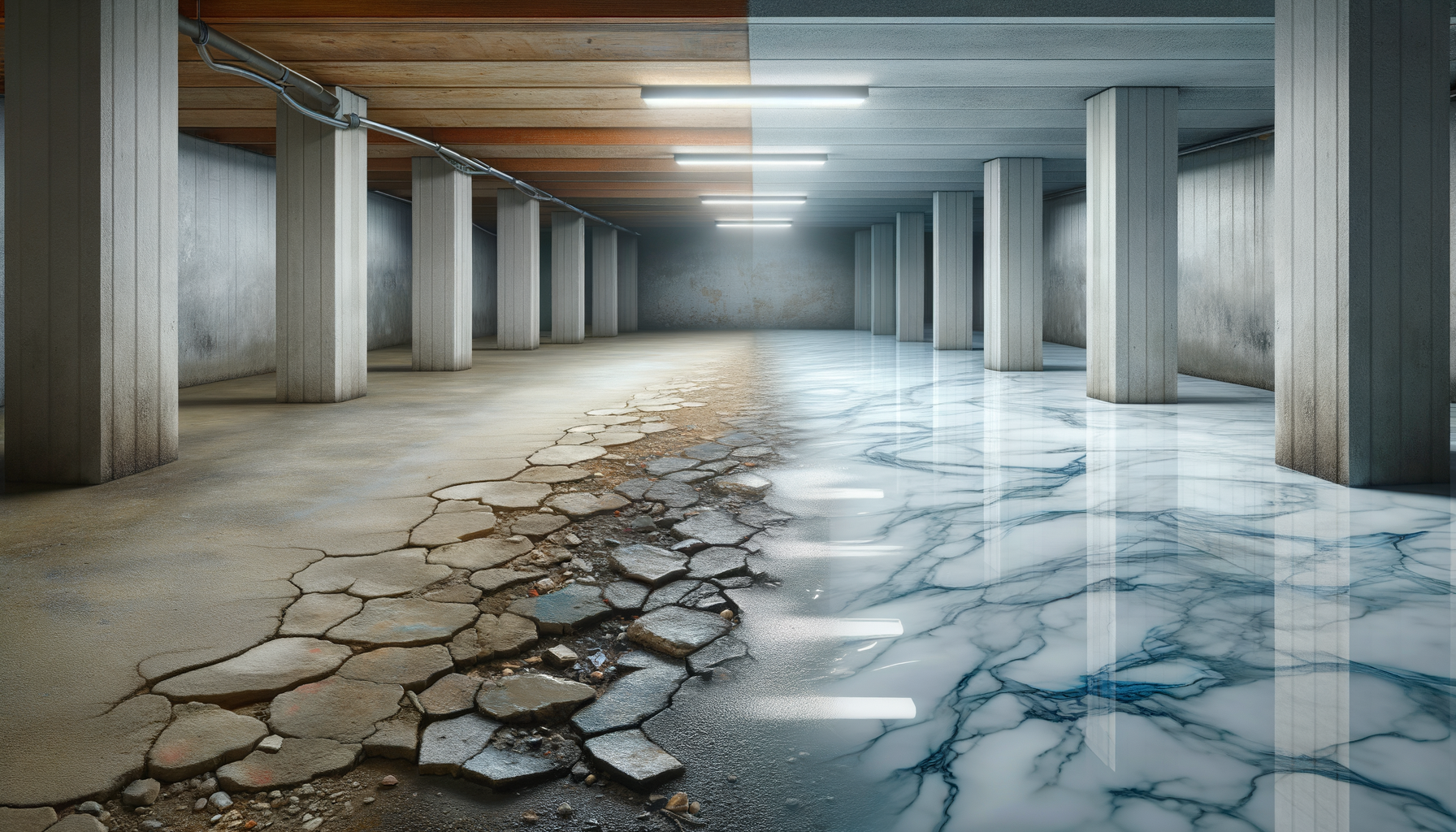Understanding Waterborne Epoxy Floor Paint
Waterborne epoxy floor paint has emerged as a popular choice for both residential and commercial spaces. This type of paint is known for its durability, resistance to chemicals, and ease of application. Waterborne epoxy is a two-component system that includes a resin and a hardener. When mixed, these components create a tough, water-resistant coating that adheres well to concrete surfaces.
One of the standout features of waterborne epoxy is its low volatile organic compound (VOC) content, making it an environmentally friendly option. This is particularly important in spaces where air quality is a concern, such as basements and garages. The quick-drying nature of waterborne epoxy also means less downtime, allowing spaces to be used sooner after application.
Additionally, waterborne epoxy floor paint offers excellent adhesion, which ensures a long-lasting finish. It is available in various colors and finishes, providing flexibility in design. This makes it a versatile choice for enhancing the aesthetic appeal of floors while providing a protective layer against wear and tear.
- Durability and chemical resistance
- Low VOC content
- Quick drying and easy application
- Versatile in color and finish options
The Role of Floor Painting Contractors
Hiring professional floor painting contractors can significantly impact the outcome of your floor painting project. These experts bring a wealth of knowledge and experience, ensuring that the chosen paint is applied correctly and efficiently. They understand the nuances of surface preparation, which is crucial for the longevity of the paint.
Contractors are equipped with the right tools and equipment to handle large areas swiftly, minimizing disruptions. They can also provide valuable advice on the best type of paint for specific environments, taking into account factors such as foot traffic, exposure to chemicals, and desired aesthetics.
Moreover, professional contractors often offer warranties on their work, providing peace of mind to property owners. This assurance means that any issues arising from the application process will be addressed promptly, ensuring a high-quality finish.
- Expertise in surface preparation
- Access to professional tools and equipment
- Advice on paint selection
- Warranties and quality assurance
Basement Floor Painting: A Practical Solution
Basement floors often face unique challenges due to moisture and temperature fluctuations. Painting these floors with waterborne epoxy can be a practical solution to enhance durability and aesthetics. The moisture-resistant properties of epoxy make it ideal for basements, as it helps prevent water seepage and mold growth.
Before applying epoxy paint, it is essential to address any existing moisture issues. This may involve sealing cracks and ensuring proper drainage around the foundation. Once the surface is prepared, the epoxy can be applied to create a seamless, non-porous finish that is easy to clean and maintain.
In addition to its protective qualities, epoxy paint can transform a basement into a more inviting space. With a range of colors and finishes available, homeowners can customize their basements to suit their style, whether they are creating a recreational area, a home office, or additional living space.
- Moisture resistance and mold prevention
- Surface preparation for optimal results
- Customizable aesthetics
- Easy maintenance
Comparing Epoxy to Other Floor Paint Options
When considering floor paint options, epoxy stands out due to its durability and versatility. However, it is essential to compare it with other types of floor paints to determine the best fit for your needs. Traditional oil-based paints, for instance, offer a glossy finish but may not provide the same level of durability and chemical resistance as epoxy.
Latex paints are another alternative, known for their ease of application and quick drying times. While they are suitable for low-traffic areas, they may not withstand heavy use or exposure to harsh chemicals as effectively as epoxy. Additionally, latex paints may require more frequent touch-ups, increasing maintenance efforts over time.
Ultimately, the choice between epoxy and other floor paint options depends on the specific requirements of the space. Factors such as foot traffic, exposure to elements, and desired aesthetics should guide the decision-making process. For areas where durability and protection are paramount, epoxy often emerges as a preferred choice.
- Durability and chemical resistance
- Comparison with oil-based and latex paints
- Suitability for high-traffic areas
- Maintenance considerations
Preparing for a Successful Floor Painting Project
To ensure a successful floor painting project, proper preparation is key. This involves thoroughly cleaning the surface to remove dirt, grease, and any existing coatings. Surface imperfections such as cracks or holes should be repaired to create a smooth, even base for the paint.
Once the surface is prepared, selecting the right type of paint is crucial. Consider factors such as the environment, intended use of the space, and desired finish. Consulting with a professional contractor can provide valuable insights and recommendations tailored to your specific needs.
During the application process, following the manufacturer’s instructions is essential for achieving optimal results. This includes mixing the components correctly, applying the paint evenly, and allowing adequate drying time between coats. With careful planning and execution, a floor painting project can transform a space, enhancing both its functionality and appearance.
- Surface cleaning and preparation
- Repairing imperfections
- Choosing the right paint
- Following application guidelines




Leave a Reply